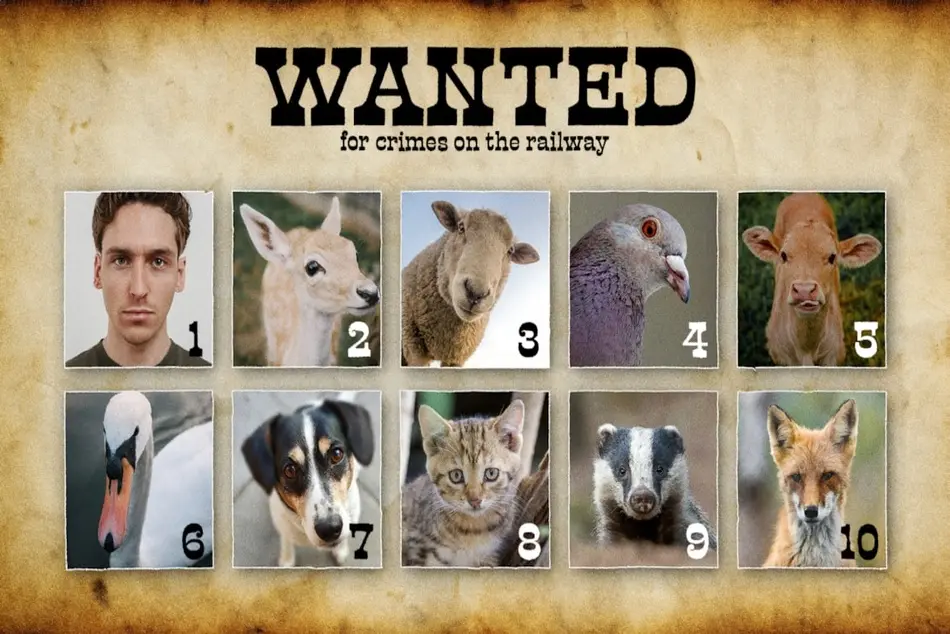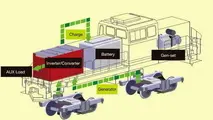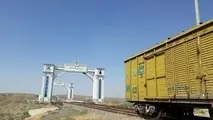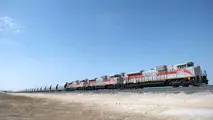Far from purr-fect: Network Rail unveils Scotland's worst trespassing criminals
New figures released by Network Rail reveal that animals trespassed on Scotland’s Railway 239 times in the 12 months to 31 March 2024.

New figures released by Network Rail reveal that animals trespassed on Scotland’s Railway 239 times in the 12 months to 31 March 2024.
The animals range from cats to birds, cows, dogs, deer, a hedgehog and a goat. But by far the worst offender are people with more than 2,692 incidents – equivalent to seven every day.
Cats ranked as the next worst offenders with 67 incidents followed by deer (63 incidents), who tend to live in high numbers across rural, forested areas, which commonly run alongside the railway.
Moo-ving into next place were cows (31) followed by sheep (30).
Helen Hamlin, Network rail’s operations chief, said: “Trespassing on the railway is a serious offence that causes delays to thousands of trains every year and can be very costly for people – causing death and life changing injuries due to the railways many hidden dangers.
“This summer, when we see trespass at its peak our message is clear whoever you are: child, adult, dog walker, holiday maker or beast – staff off the tracks.”
Other dastardly villains included birds (13), swans (14), dogs (10), pigs (6), foxes (3), a goat (1) and a hedgehog (1).
Network Rail Scotland has a range of measures in place to help it manage and minimise animal incursions onto the railway, these include:
-
Trialling the use of AI to detect deer on the railway.
-
In May (2023), Network Rail and London North Eastern Railway (LNER) trialled a deer detection system using artificial intelligence (AI) along two key hotspots on the East Coast Main Line which runs from London King’s Cross station to Edinburgh after high volumes of deer were found entering the railway boundary
-
Since then, the system has deterred just under 6,000 deer from accessing the railway, with plans for it to be rolled out further in the near future
-
The automated deer deterrent system (ADDs) uses sound and vision sensors to identify when a deer approaches the track and once it has, sets an alarm off that warns the deer away. The AI cameras then monitor its movement until it has been diverted to a safe distance away.
-
-
Installing wildlife crossings.
-
Deer leaps were first trialled in Scotland, in 2019, with the aim being to allow younger deer to get over the fences and reduce the number of potential accidents involving them if they get lost on the railway.
-
-
Partnering with animal charities who provide specialist training.
-
Experts at the Swan Sanctuary, provide mobile operations managers with special training where they are taught how to safely remove swans from the railway and release them into the wild. This can be challenging as part of the network is powered by the third rail which carries 750 volts of electricity.
-
-
Annually inspecting fencing and working closely with farmers who own land near the railway.
-
Network Rail works closely with local communities and farmers who live alongside the railway to ensure that suitable fencing is installed and maintained along the railway boundary on an annual basis - further fence checks are also carried out if farmers bring more livestock to their land.
-



